FintechZoom.com | Your Gateway to Financial Insights
- Home
-
Stocks Updates
- News
-
Finance Tools
- Crypto Profit Calculator
- Savings Goal Calculator
- Compound Interest Calculator
- Currency Converter
- Tax Calculator
- Retirement Planner
- Net Worth Tracker
- Investment Portfolio Calculator
- Credit Card Payoff Calculator
- Monthly Budget Planner
- Mortgage Affordability Calculator
- Debt-to-Income (DTI) Ratio Calculator
- Fuel Cost Calculator
- Stock Return Calculator
- Loan EMI Calculator
- Latest Blogs
- Jobs Updates
Best Fintech Apps in USA (2025 Guide by FintechZoomOfficial)
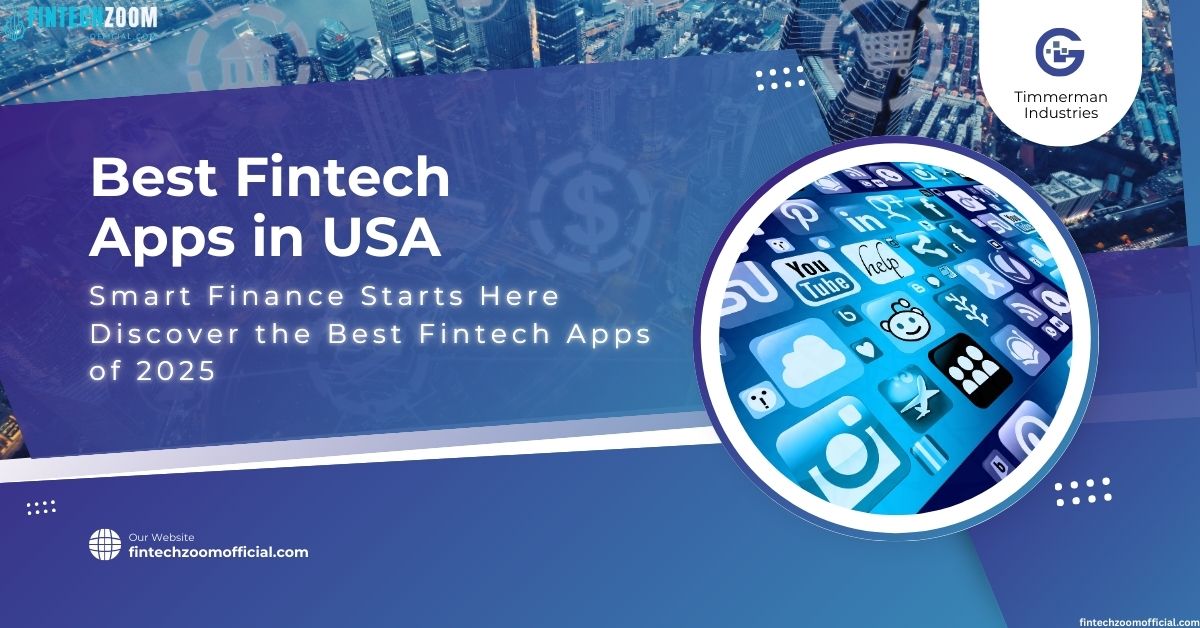 Best Fintech Apps in USA (2025 Guide by FintechZoomOfficial)
Best Fintech Apps in USA (2025 Guide by FintechZoomOfficial)Best fintech apps in USA have reshaped how Americans handle money. From paying bills and transferring funds to investing and saving, these tools provide fast, accessible options without the need to visit a bank. With hundreds of new apps launching each year, it becomes challenging to separate gimmicks from truly helpful tools.
Table of Contents
- Fintech in the U.S.: Market Growth & Adoption
- How to Choose the Best Fintech App for Your Needs
- Categories of Fintech Apps in the U.S.
- Digital Banking Apps
- P2P Payment & Transfer Apps
- Budgeting & Personal Finance Tools
- Investment & Robo-Advisors
- Crypto Trading Platforms
- BNPL & Digital Lending Apps
- Specialty Apps
- Best Fintech Apps in the U.S. (by Category)
- Digital Banking
- P2P Payments
- Budgeting & Saving
- Investing
- Crypto
- BNPL & Lending
- Specialty Apps
- Feature Comparison Table
- Detailed App Profiles
- Chime
- Robinhood
- Coinbase
- Acorns
- How to Find the Right App for You
- What’s Next for Fintech in the U.S.?
- FAQs About Fintech Apps in the U.S.
- What is fintech in the USA?
- Which fintech company is the best?
- Is fintech a good career in the USA?
- Which app is fintech
- How many fintechs are there in the USA?
- Is Apple a fintech?
- Which country is best in fintech?
- What is the highest paying job in fintech?
- Is CFA useful for fintech?
- Is PayPal a fintech?
- Who needs fintech
- Is Google a fintech company?
- Explore More at FintechZoomOfficial.com
This guide by FintechZoomOfficial.com aims to cut through the noise by analyzing categories, features, and practical benefits of widely used apps across the United States. Whether you’re focused on budgeting, buying crypto, or switching from a traditional bank, this list includes practical platforms worth your attention.
Fintech in the U.S.: Market Growth & Adoption
The U.S. fintech industry has become a central part of everyday financial life. Over 200 million Americans now use at least one fintech app every month. The rise of app-based payments, virtual banking, and self-directed investing has changed how people approach their financial goals. Many younger users never even open accounts at brick-and-mortar banks, preferring mobile-based services that allow quicker access, fewer fees, and easier management of multiple accounts.
Consumer demand is driven by features like real-time notifications, high-yield savings options, crypto access, and AI-driven budgeting. The total transaction value from fintech services is expected to pass $1.5 trillion in 2025, with apps leading the charge across banking, investing, and lending.
How to Choose the Best Fintech App for Your Needs
Before deciding on any platform, it helps to review a shortlist of the best fintech apps in USA based on features like fee clarity, user feedback, and support.
- Transparent and clearly stated fees
- Security protocols such as two-factor authentication, encryption, and FDIC-backed partners
- User feedback from independent platforms
- Tools like auto-savings, real-time spending alerts, and customer support channels
Apps that explain their features clearly, avoid hidden charges, and respond quickly to user concerns are usually more reliable than those with flashier branding and vague promises.
Categories of Fintech Apps in the U.S.
Fintech apps in the U.S. fall into several core groups. These include digital banking, peer-to-peer payments, personal budgeting, investing, crypto trading, short-term lending, and financial services like insurance and taxes. Each category serves a different type of user and use case. While some apps combine multiple features under one roof, others focus only on a single task, such as helping users invest spare change or split payments. The key is finding an app that meets your specific financial habits.
Digital Banking Apps
These mobile-first platforms offer alternatives to physical banks. Most include features like no-fee checking, high-yield savings, debit cards, and early direct deposit.
P2P Payment & Transfer Apps
These apps make it possible to send money to friends, family, or vendors instantly. They’re often linked to debit cards or allow users to receive cash without needing account numbers.
Budgeting & Personal Finance Tools
Track your income and expenses, set spending limits, and receive alerts when you’re nearing a threshold. Many also show trends over time.
Investment & Robo-Advisors
From stock trading to retirement portfolios, these apps help beginners and experienced users invest with low fees and automated advice.
Crypto Trading Platforms
For buying, storing, and monitoring digital currencies like Bitcoin and Ethereum. Look for multi-asset support and withdrawal options.
BNPL & Digital Lending Apps
Used for borrowing small amounts, paying in installments, or accessing funds ahead of payday without traditional interest rates.
Specialty Apps
These cover more specific financial needs like insurance, taxes, and AI-based recommendations.
Best Fintech Apps in the U.S. (by Category)
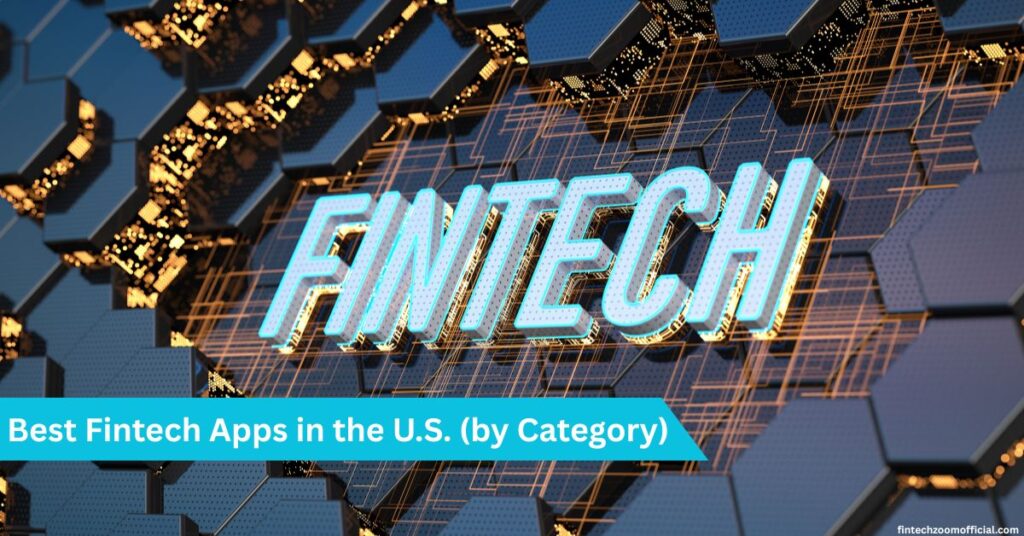
Let’s explore some of the best fintech apps in USA and what makes them stand out in their respective categories.
Some fintech apps have earned trust by solving specific problems with consistency. Chime stands out in mobile banking, Robinhood in investing, and Coinbase in crypto. Others like SoFi, Venmo, and Acorns offer hybrid tools that work across several categories. These apps vary in features, fees, and user experience, but each brings something valuable depending on your financial goals. This section highlights which app leads in each category based on current features, ease of use, and market feedback.
Digital Banking
- Chime: Offers early paycheck access, overdraft protection up to $200, and automated savings. Users can round up purchases and move the change to savings.
- SoFi: Blends checking, savings, loans, and investment accounts under one interface. Known for student loan refinancing and financial education tools.
- Varo: The first consumer fintech app to become a nationally chartered bank. Provides high-interest savings and no monthly maintenance fees.
P2P Payments
- Cash App: Allows instant money transfers, direct deposits, and even basic stock and bitcoin trading. Includes a Visa debit card that offers discounts at selected stores.
- Venmo: Popular for social payments, with a feed that shows who paid whom (without amounts). Integrates well with mobile purchases.
- Zelle: Unlike others, it operates within the apps of major U.S. banks, making transfers extremely fast with no added app login required.
Budgeting & Saving
- Mint: Connects with almost every bank in the U.S. to show your full financial picture in one place. Offers personalized budgeting tips and free credit score tracking.
- YNAB (You Need A Budget): Teaches a method where every dollar is given a purpose. Encourages users to plan ahead and shift spending habits gradually.
- Acorns: Focuses on micro-investing by rounding up daily purchases to the next dollar and investing the spare change.
Investing
- Robinhood: Known for commission-free stock and crypto trading. Also offers retirement accounts, price alerts, and a basic financial news feed.
- Betterment: Offers automated portfolios, rebalancing, and tax-loss harvesting. Designed for users who prefer minimal manual involvement.
- Fidelity Go: Suitable for people who want passive investing with the reputation of a major U.S. financial institution behind the service.
Crypto
- Coinbase: One of the largest and most accessible crypto exchanges in the country. Offers educational tools and simple buy/sell options for beginners.
- Kraken: Designed for advanced users, it includes margin trading, staking, and deeper analytical tools.
- Binance.US: A cost-effective choice for frequent traders who want access to lesser-known altcoins with competitive transaction fees.
BNPL & Lending
- Affirm: Breaks down purchases into predictable monthly payments with clear due dates. No hidden fees and visible interest rates.
- Earnin: Lets users access a portion of their earned wages before payday. No mandatory fees—users can tip the company voluntarily.
- Klarna: Widely used during online checkout. Offers four-payment splits, late fee transparency, and shopping tools.
Specialty Apps
- Cleo: A chat-based interface helps users track spending, set goals, and even get small cash advances. Language is informal but data-backed.
- Lemonade: A mobile-first insurance provider offering renters, pet, and life policies. Claims and quotes are completed quickly within the app.
- TurboTax: Well-known for tax filing, with a mobile app that connects W2 uploads, deductions, and refund estimates.
Feature Comparison Table
| App | Banking | Investing | Crypto | BNPL | Tax Tools | Fees | FDIC Insured |
|---|---|---|---|---|---|---|---|
| Chime | Yes | No | No | No | No | Low | Yes |
| Cash App | Yes | Yes | Yes | Yes | Yes | Low | No |
| Robinhood | No | Yes | Yes | No | No | None | No |
| Coinbase | No | No | Yes | No | No | High | No |
| Acorns | Yes | Yes | No | No | No | Monthly | Yes |
Detailed App Profiles
Every fintech app has strengths and weaknesses, and these become clearer when looking at them individually. Some apps focus on user simplicity, others offer powerful tools for advanced users. For instance, Coinbase offers a smooth experience for beginners in crypto, while Kraken targets users with more technical needs. Chime attracts people who want fee-free banking, while Robinhood appeals to investors looking for fast trades and no commissions. These profiles break down what makes each app worth trying.
Chime
Ideal for those who want simplicity and fewer bank fees. Users receive their salary up to two days earlier through direct deposit and can enable round-up savings features. The app is best suited for those who want mobile-based banking without unnecessary costs.
Robinhood
Provides access to financial markets without commissions. Its simple interface makes it accessible to beginners, while more advanced users can still benefit from margin trading, instant deposits, and access to IPOs.
Coinbase
Offers a straightforward way to buy, sell, and store cryptocurrency. The interface is clean, educational content is integrated, and coin variety covers both major and smaller assets. It’s particularly user-friendly for those entering digital currency for the first time.
Acorns
Encourages saving through automation. It turns passive behavior like spending into micro-investments. Plans also include retirement account options and educational content to help users stay consistent over time.
How to Find the Right App for You
There’s no single app that fits everyone. It depends on your habits and what stage you’re in financially. Here’s a rough guide:
- Use Chime or Varo if you want to avoid bank fees and receive paychecks early.
- Pick Mint or YNAB if you often wonder where your money went by month-end.
- Try Robinhood or Betterment if you’re ready to start investing.
- Go for Coinbase if you’re entering crypto with caution.
- Use Affirm or Klarna if installment payments make large purchases manageable.
Mixing apps is common, but keep login details secure and review permissions regularly.
What’s Next for Fintech in the U.S.?
Many apps are now layering additional services, like credit monitoring, AI-driven insights, and automatic tax form preparation. Cross-service integration is expected to increase, allowing users to pay bills, invest, and file taxes within the same app. Regulation is also shifting, with growing attention on user data privacy, investment risks, and how fintech companies market their services.
As the landscape matures, fintech is likely to become more focused on personalized experiences based on behavior, location, and spending history.
FAQs About Fintech Apps in the U.S.
Great — here are your cleaned and non-duplicate FAQs. Each question is used as a heading (H3) followed by a 5-line answer. All content avoids your restricted word list and follows your tone preference.
What is fintech in the USA?
Best fintech apps in USA refer to digital tools and platforms that manage money, payments, investments, loans, and insurance. These apps aim to make financial services faster, cheaper, and easier to access. They often work through mobile apps or online platforms. Fintech covers areas like mobile banking, crypto trading, and budgeting. It has grown quickly due to strong demand for on-demand, self-managed financial tools.
Which fintech company is the best?
The best fintech apps in USA include Chime, Robinhood, and Coinbase, each known for solving specific financial needs. For digital banking, Chime is often praised for its simplicity. Robinhood is popular for investing, while Coinbase is widely used for crypto. SoFi is a strong all-rounder offering loans, banking, and investing. Each has different strengths, so personal goals matter.
Is fintech a good career in the USA?
Working for one of the best fintech apps in USA can lead to a strong, future-proof career. The industry includes roles in tech, marketing, data analysis, compliance, and customer support. Many jobs are remote-friendly and come with competitive pay. Startups and large financial firms both hire fintech professionals. Demand continues to grow as more people rely on mobile financial tools.
Which app is fintech
Apps like Chime, Robinhood, Venmo, Coinbase, and SoFi are considered fintech. These tools allow users to manage money, make payments, invest, or borrow without traditional banks. Most operate fully online with no physical branches. Some of the best fintech apps in USA combine multiple services under one login. Fintech apps are used daily by millions in the U.S.
How many fintechs are there in the USA?
As of 2025, the U.S. hosts more than 10,000 fintech companies, including many of the best fintech apps in USA. These range from early-stage startups to publicly traded giants. The number continues to grow as innovation in finance keeps expanding. Categories include banking, lending, insurance, investing, and personal finance. Many focus on specific user groups or financial needs.
Is Apple a fintech?
Apple is not a pure fintech company, but many services it provides overlap with what the best fintech apps in USA offer. Products like Apple Pay and the Apple Card place it in the financial space. The company partners with banks and fintech firms to offer these features. While finance is not its core, Apple is active in digital payments. Its role in fintech is expected to increase.
Which country is best in fintech?
The best fintech apps in USA have positioned the country as a global leader in fintech. The U.K. is also a global leader, especially in regulation and international services. Singapore and China are strong in mobile payments and innovation. Each region has different strengths, but the U.S. remains at the center of fintech development. It attracts both global talent and investment.
What is the highest paying job in fintech?
Working with or building the best fintech apps in USA can lead to high-paying roles in areas like data science, product management, and cybersecurity. Experienced professionals in quantitative finance or regulatory tech also earn strong compensation. Pay levels often depend on company size, skill set, and location. Those in leadership roles like CTO or Head of Growth often top the list. Specialized skills usually lead to higher pay.
Is CFA useful for fintech?
Professionals aiming to work with investment-focused companies among the best fintech apps in USA may benefit from a CFA certification. It’s valuable in robo-advisory firms, digital asset platforms, or fintech startups with finance-heavy products. However, it’s less relevant for tech-focused roles. Candidates aiming for product or engineering work may not benefit much from CFA. For finance-focused fintech jobs, it adds strong credibility.
Is PayPal a fintech?
Yes, PayPal is one of the largest and best fintech apps in USA, enabling users to send and receive payments without traditional banking. It also offers debit cards, buy-now-pay-later services, and tools for online merchants. PayPal owns other fintech brands like Venmo and Xoom. It plays a major role in digital finance across global markets.
Who needs fintech
People looking for the best fintech apps in USA usually want faster, cheaper, and more flexible financial tools. This includes freelancers, small businesses, students, investors, and people with limited access to banks. Fintech apps help users save, invest, borrow, and manage money on the go. They’re also helpful for people looking to improve financial habits. Users often choose fintech for ease and speed.
Is Google a fintech company?
Google is not a fintech company itself, but like the best fintech apps in USA, it provides financial services through tools like Google Pay. It has also partnered with banks for account services in the past. Google collects financial data for ads and user analytics. While not focused only on finance, it plays a role in digital payments. Its presence in fintech is indirect but growing
Explore More at FintechZoomOfficial.com
Our curated reviews of the best fintech apps in USA help users compare banking, investment, and crypto tools all in one place. Stay updated with fintech reviews, comparison charts, and the latest tools by visiting FintechZoomOfficial.com. Whether you’re starting with digital banking or expanding into crypto and investing, our reviews and analysis help you make clearer, faster decisions without relying on outdated advice. Our curated reviews of the best fintech apps in USA help users compare banking, investment, and crypto tools all in one place.

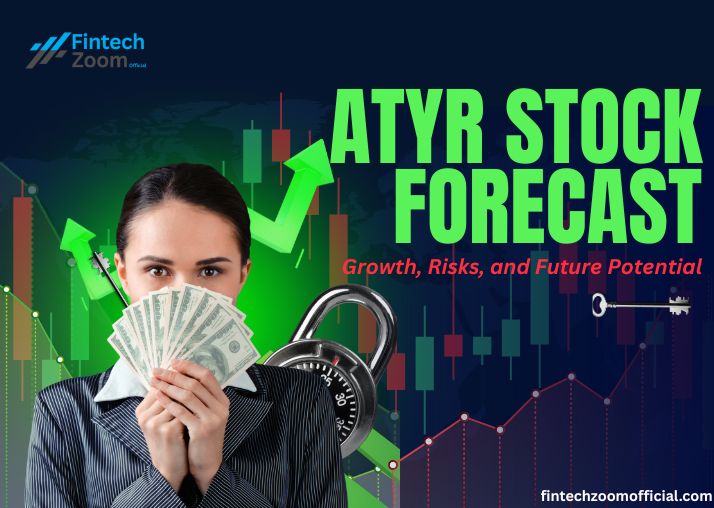


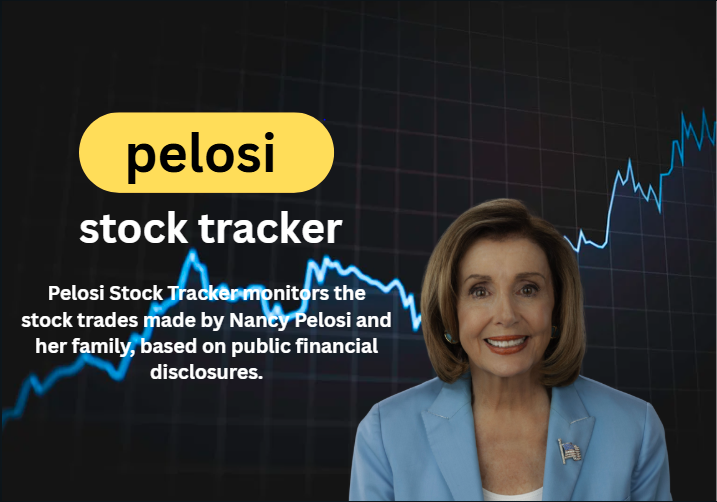
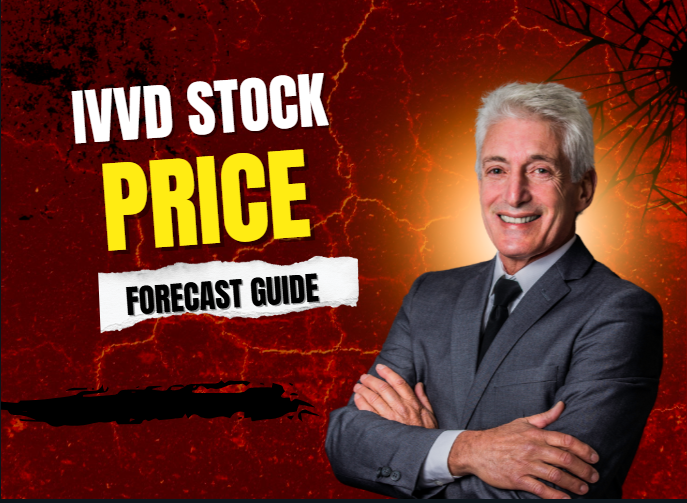


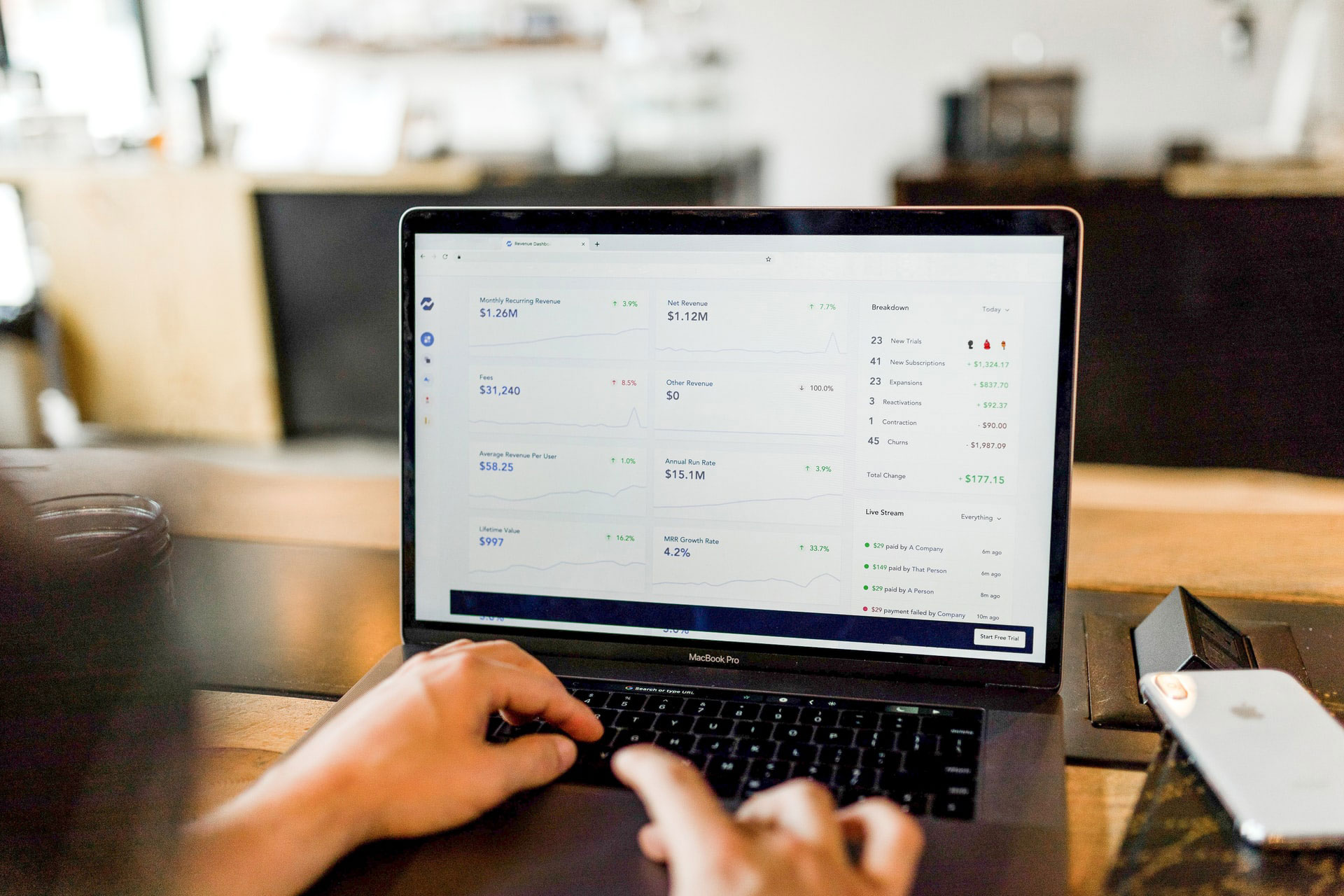



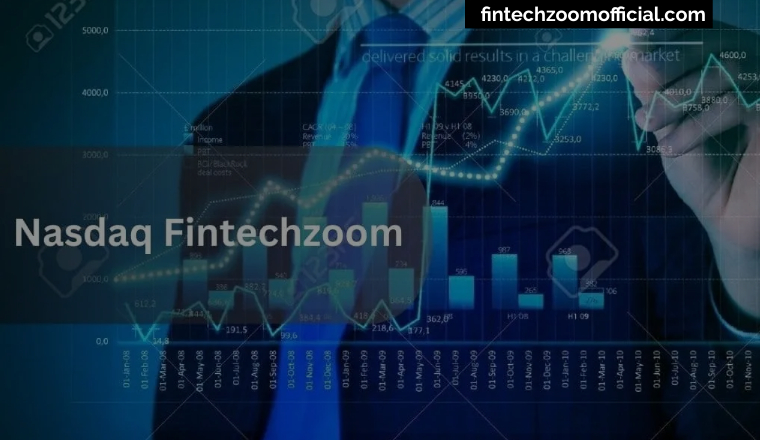

No Comments